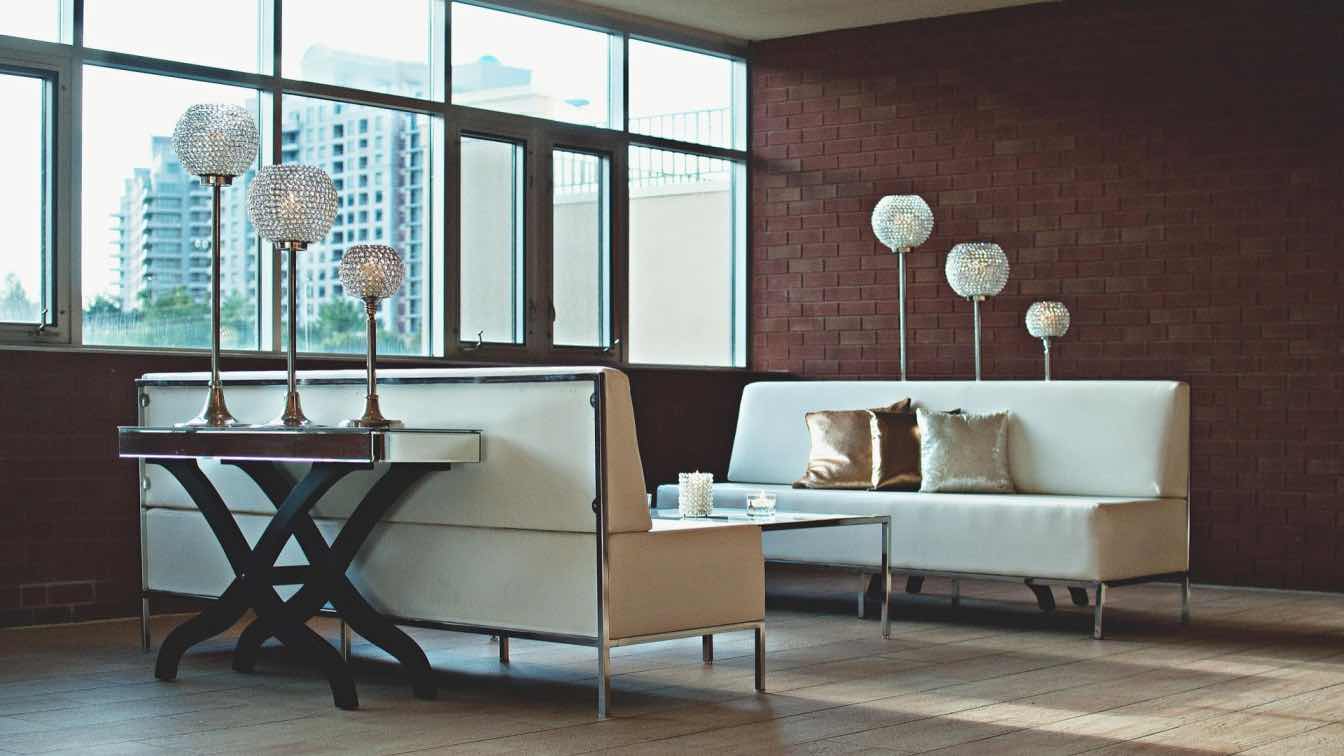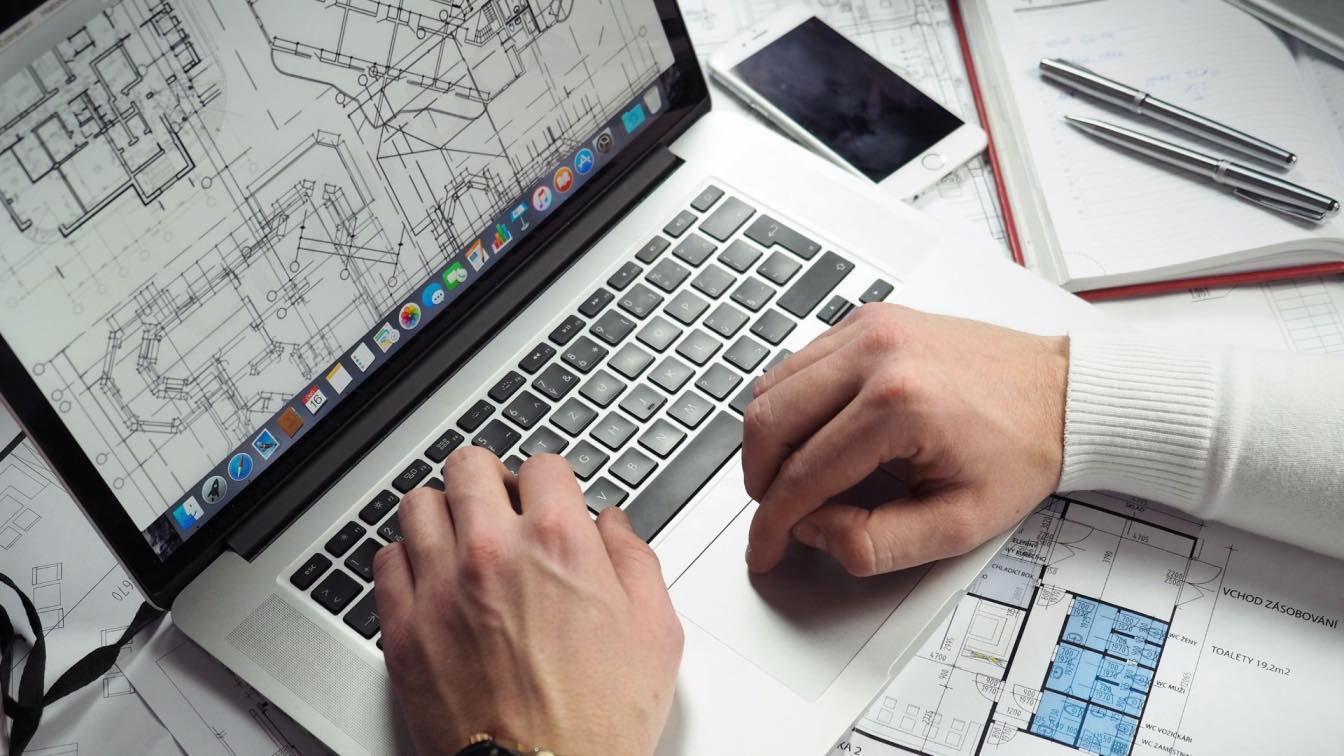Introduction
Interior design and architecture often find inspiration from various industries, with automotive design being one of the most influential. Classic cars, known for their iconic and timeless aesthetics, provide a rich source of ideas for interior architects. Their distinctive styles, lines, and material choices can be creatively adapted to enhance the spatial and functional aspects of a building or an interior space. This article explores how classic car designs have inspired interior architecture, delivering both aesthetic beauty and functional innovation.
Introduction to Classic Car Designs and Their Impact on Interior Architecture
Classic car designs and their influence on architecture have always been at the center of automotive design. Classic car The classic car designs are revered for the artistry in them, not just the engineering. Brands like Mercedes-Benz, Jaguar, and Chevrolet have produced moving pieces of art and, more than a vehicle, gave models. These include basic lines, luxury materials, and precision details characteristics of a car that have transcended the automotive origin and influenced many design sectors, including the interiors of buildings. Among the admiration for their aesthetics, even crashed cars can evoke the sense of beauty in their form.
Incorporating Automotive Aesthetics into Building Designs
Streamlined Shapes and Forms
One of the strongest features of classic cars are their streamlined shapes to be translated as architectural elements. For example, the curved shapes and flowing lines of the Jaguar E-Type of the 1960s might prompt the idea of curved walls with round windows in a building, just as it may help further a series of movement and visual continuity through space.
Luxurious Materials and Finishes
Often, classic car interiors boast interior materials such as leather, wood, and chrome. Such materials can be brought out in a design to evoke luxury and craftsmanship.
Whether it's the wood paneling on the walls or the custom leather furniture, the sophisticated feel of a classic car's interior could be brought right into a home or office space.
Attention to Detail and Customization
Classic cars are detail-oriented machines; this same concept can be related to architectural elements, where the bespoke details to the designer, such as door handles, light fixtures, and railing systems, are coordinated to have coherency with the whole interior scheme, in the same way classic custom parts of a car fit together in a customized way.
Case Studies: Successful Translations of Car Designs into Architecture
There are many projects all over the world that have successfully integrated car concepts in architecture. For example, the Mercedes-Benz Museum in Stuttgart, Germany, reportedly reflects the brand's philosophy in the double-helix structure mirroring its cars' DNA, like continuity of innovation.
Practical Applications in Residential and Commercial Spaces
Residential Spaces
Through home design, such elements as kitchen panels inspired by car dashboards or sofas resembling car seats will enable one to transfer the atmosphere of a classic car right into his residential area. Lighting fixtures in the form of car headlamps can also be useful in adding a unique combination of functionality with automotive aesthetics.
Commercial Spaces
The theming trends that resemble automotive models have good relevance in commercial spaces such as showrooms and offices. A conference room made out of re-used car parts and full walls of art showing classic car blueprints could bring in themes such as those used in the creativity and energetic workspaces.
Sustainability and Modern Adaptations
Architecture incorporating classic car designs is not only for purposes of aesthetics; rather, there is a huge adaptation of these designs in compliance with modern sustainability standards. Some of the interior materials include sustainable leathers and recycled rubber, which have the same look and feel as that of a classy car but similar to the original, thus being environmentally accountable.
Challenges and Considerations
Such translation of car designs into architecture might produce good result effects, but it also poses challenges on how to maintain the balance of form and function, and how to make it timelessly designed rather than trend-based. Besides, it is to keep the scale of the architectural elements in order not to overwhelm spaces with bold themes.
The Future of Automotive-Inspired Interior Architecture
Hence, in the future, the integration of automotive design with architecture looks very ripe. The immense material and new huge potentials for sustainable design solutions with improved technology abound in automotive design integration with architecture. Going deeper into these classic machines, their artistry, and influence in interior architecture, classic cars are set to continue with their influences in this regard.
Conclusion
The seamless integration of classic car designs into interior architecture not only pays homage to these mechanical beauties but also enriches our living and working environments. By borrowing elements from the automotive industry, designers and architects can create spaces that are not only visually compelling but also rich in history and sentiment. This blend of art and engineering ensures that the legacy of classic cars continues in our everyday spaces, proving that good design is indeed timeless.





